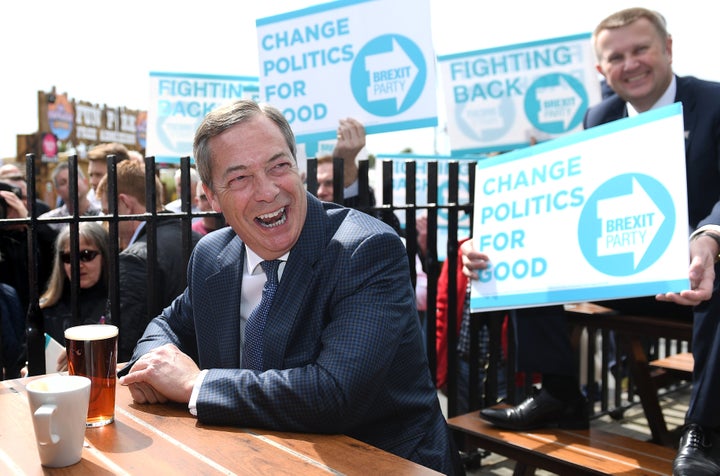It never usually makes the headlines, so when someone mentions Oldham, I tend to get a little curious.
I was born, and my mother still lives, in Failsworth, which is 95.1% white in the 2011 census and also, it seems, deemed a part of Oldham. I went to school in Werneth (23.4% white, apparently), which is definitely in Oldham.
It was a 30-minute bus ride from one to the other but a trip across continents if you listen to Nigel Farage in his pronouncements to American audiences, when he told young libertarians at Lock Haven University, Pennsylvania, that “on one side of the street everybody is white and on the other side of the street everybody is black”.
It’s not surprising that the Brexit Party leader lets his mouth run away with him when he’s in the US. Crass pronouncements about a town divided between ‘black and white’ have some traction over there, where Oldham is not exactly a cultural touchstone (Eric Sykes! Brian Cox! Paul Scholes!). It’s an easy target in a country where supposed ‘no-go’ areas, whether in Birmingham or in France, can be produced out of thin air to audiences who neither know nor care whether it’s true or not. They just lap up the narrative that there’s racial tension bubbling up, ready to explode at any moment.
It’s there where Farage is ‘clever’. He takes a town that no-one knows, one where the economic problems are greater than its racial ones, and one where immigration has been high and the census maps a mosaic of areas dominated by Pakistani, Indian and Bangladeshi communities, living alongside the long-standing white working class and more recent Eastern Europeans (The Free Polish Club was a source of mispronunciation throughout my childhood).
Those communities live alongside each other, rather than together. This is the kernel of truth in Farage’s words. When my dad was in hospital, the Asian families tended to be put on one side of his ward and the white patients on the other. I presumed it was the nurses trying to put people next to those they could have a conversation with, rather than anything malign.
And that sense of parallel lives is what Oldham looks like. Integration, not assimilation. Communities have moved to towns like Oldham and retained their culture and their languages and imported it with them. Those communities gather together and, by the nature of that localised geography, the schools and community centres tend to be monocultural.
But that doesn’t mean it’s aggressive. While every town has its tension, the sense in Oldham is of a set of cultures existing alongside each other, almost ambivalent to each other’s existence, but largely benign when they do come into contact.
The problem for Farage and his ilk is that this seems incomprehensible if you only have one sense of what a successful society looks like – white and Christian with assimilated immigrants, rather than a mosaic of ethnicity, religion and culture. For people like Farage, Oldham doesn’t work because the immigrant population is not adopting ‘local’ cultures, they are retaining their own. That simple act is not an aggressive one, it’s simply people muddling along. Benign co-existence, rather than glowering on street corners.
Oldham has its issues but Farage has, not for the first time, deliberately misread them. No-one who knows the place takes his opinions seriously. And that’s Farage’s advantage – no-one knows the place.
Jimmy Leach is editor-in-chief of HuffPost UK


